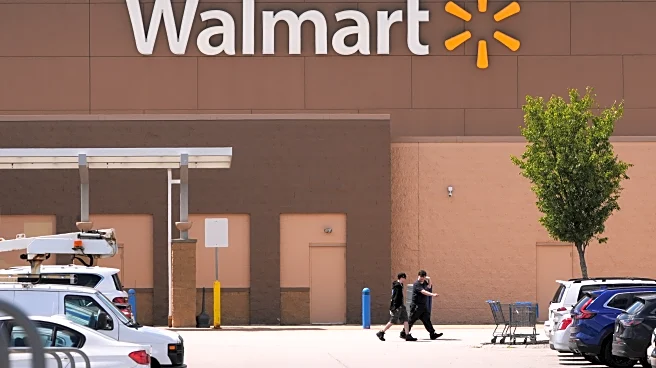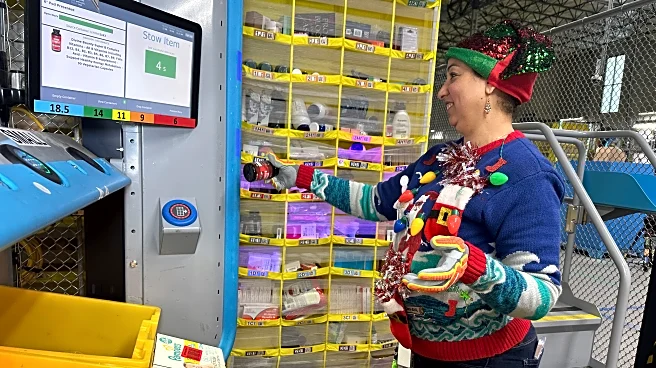What's Happening?
The OnePay CashRewards Card is designed for frequent Walmart shoppers, offering up to 5% cash back at Walmart for those with a Walmart+ membership. Without the membership, cardholders can still earn 3% cash back at Walmart. The card does not have an annual fee, making it an attractive option for consumers seeking straightforward rewards. Additionally, the card provides 1.5% cash back on purchases outside of Walmart. New users can earn a $35 cash back bonus after spending $75 within the first 30 days of account opening. The card also offers spending insights and a free credit score, although its redemption options are limited.
Why It's Important?
The OnePay CashRewards Card provides a significant incentive for Walmart shoppers, especially those with a Walmart+ membership, to maximize their cash back rewards. This card could influence consumer spending habits, encouraging more purchases at Walmart due to the elevated cash back rates. The absence of an annual fee makes it accessible to a broader audience, potentially increasing competition among credit card issuers. The card's straightforward rewards system may appeal to consumers looking for simplicity in their financial products.
What's Next?
As the OnePay CashRewards Card gains popularity, other credit card issuers may respond by enhancing their own rewards programs to remain competitive. Walmart could see an increase in customer loyalty and sales, particularly from those who frequently use the card. The card's success may lead to further partnerships between retailers and credit card companies, aiming to offer tailored rewards to specific consumer segments.
Beyond the Headlines
The introduction of the OnePay CashRewards Card highlights the growing trend of retailers partnering with financial institutions to offer co-branded credit cards. This strategy not only boosts customer loyalty but also provides valuable consumer data to both parties. The card's limited redemption options may prompt users to spend more at Walmart to maximize their rewards, potentially affecting consumer spending patterns.












